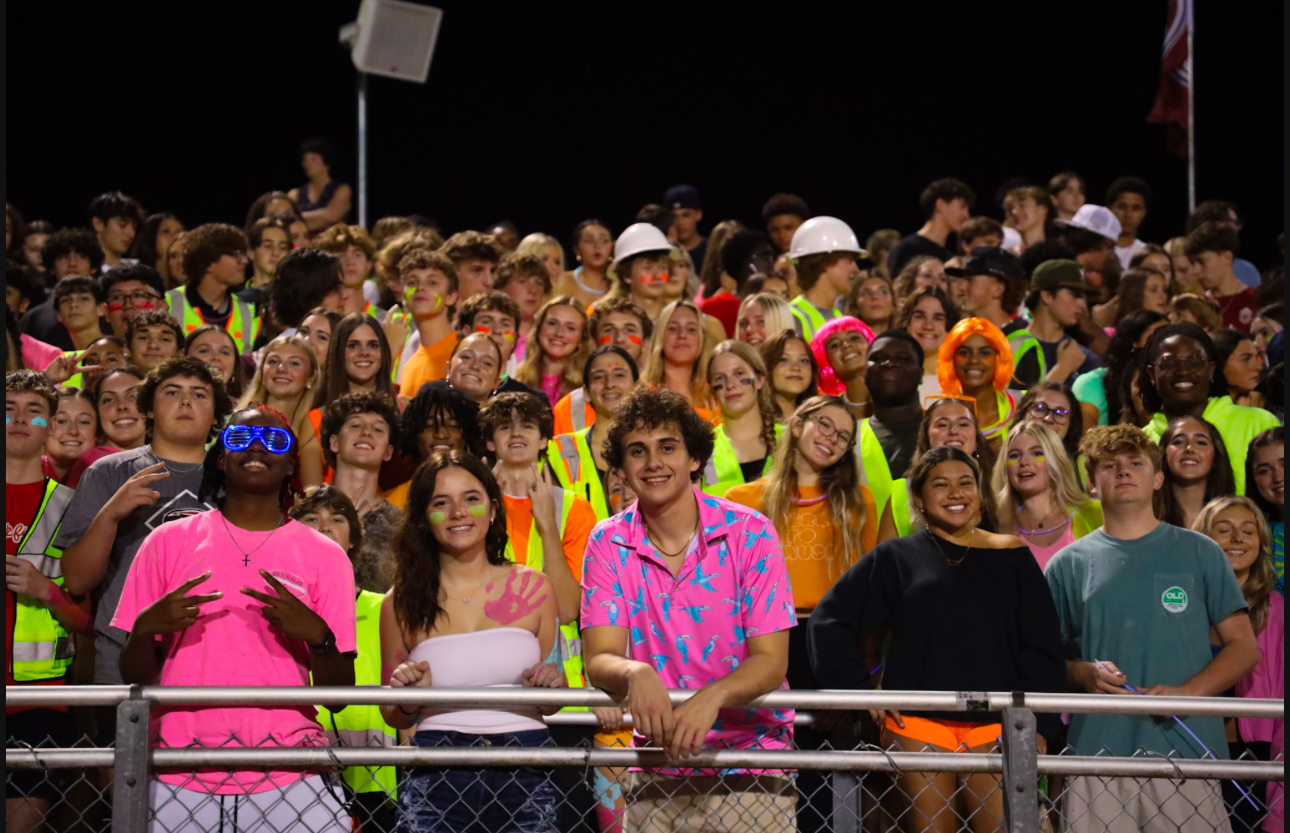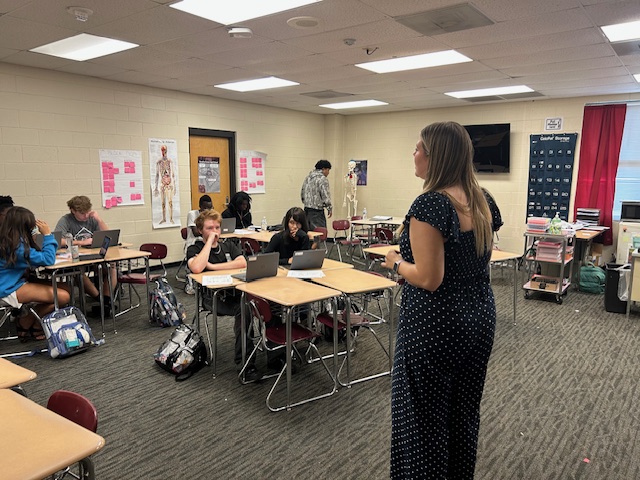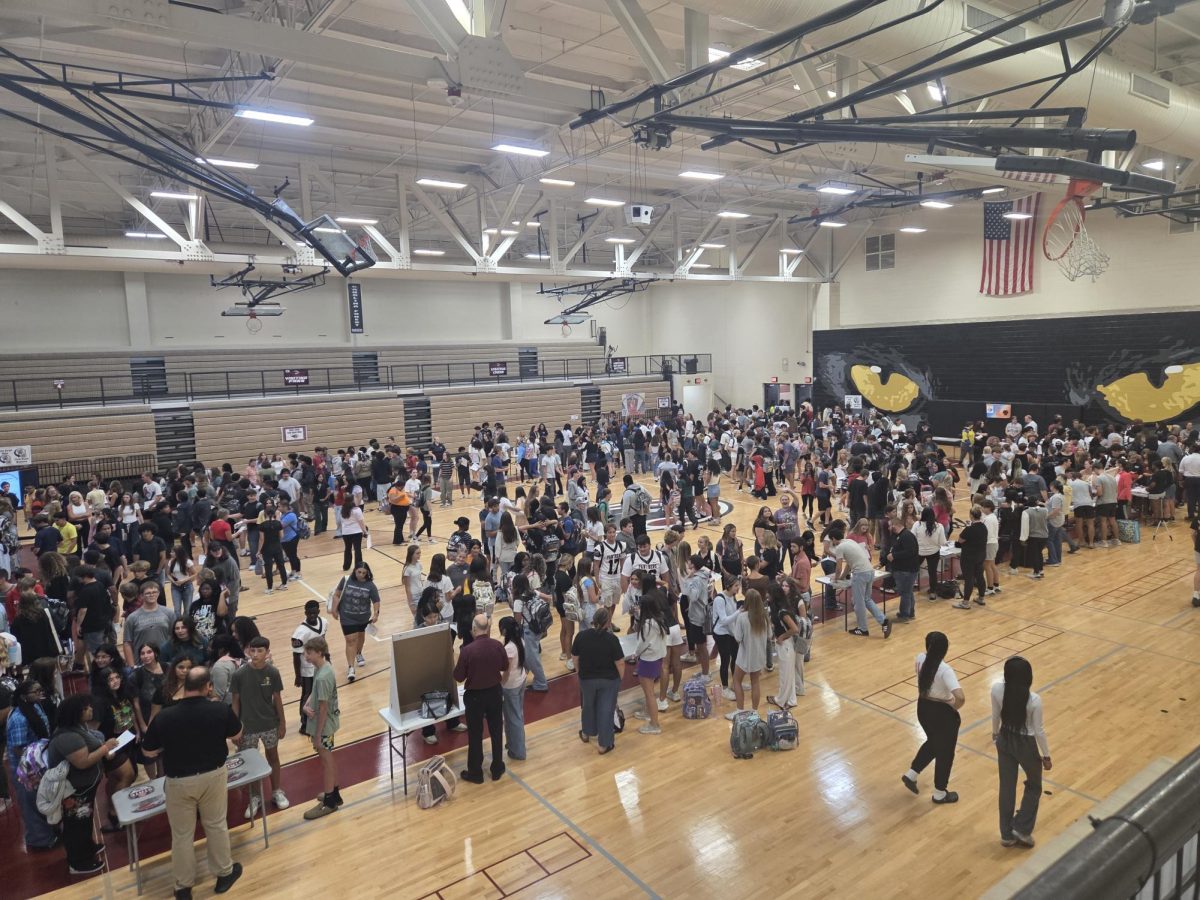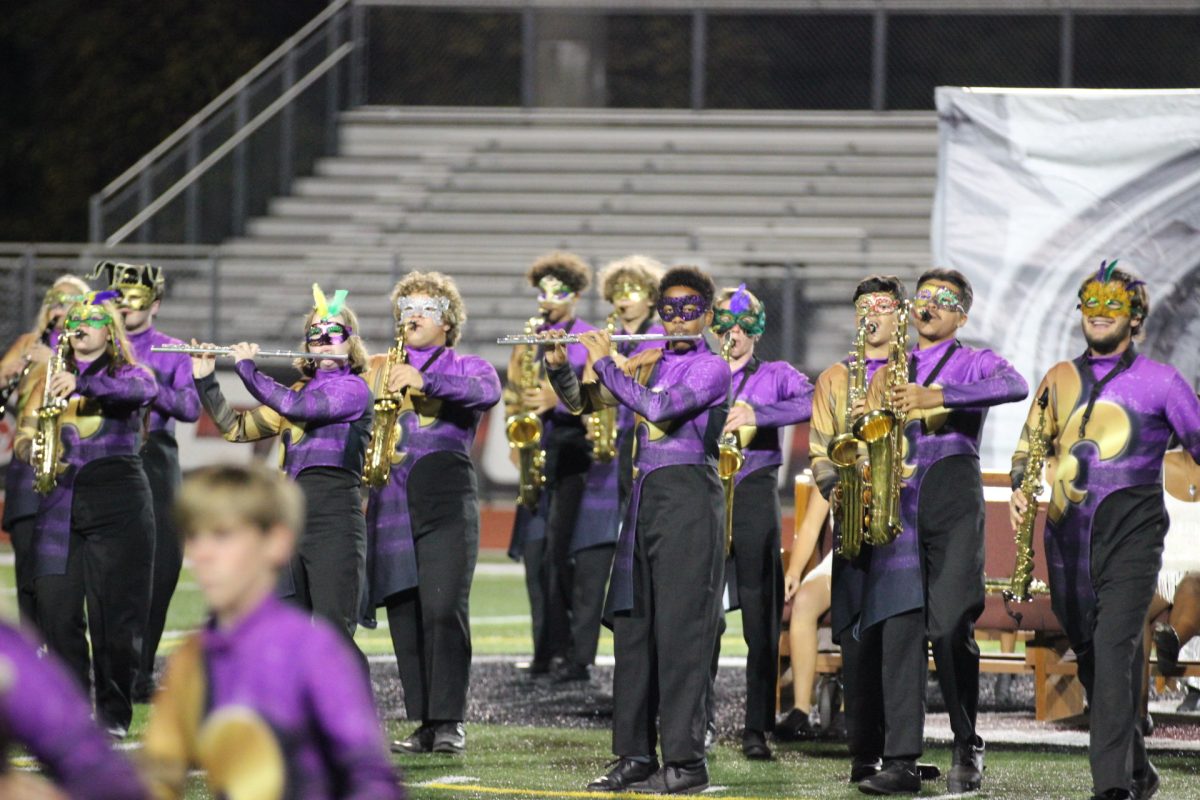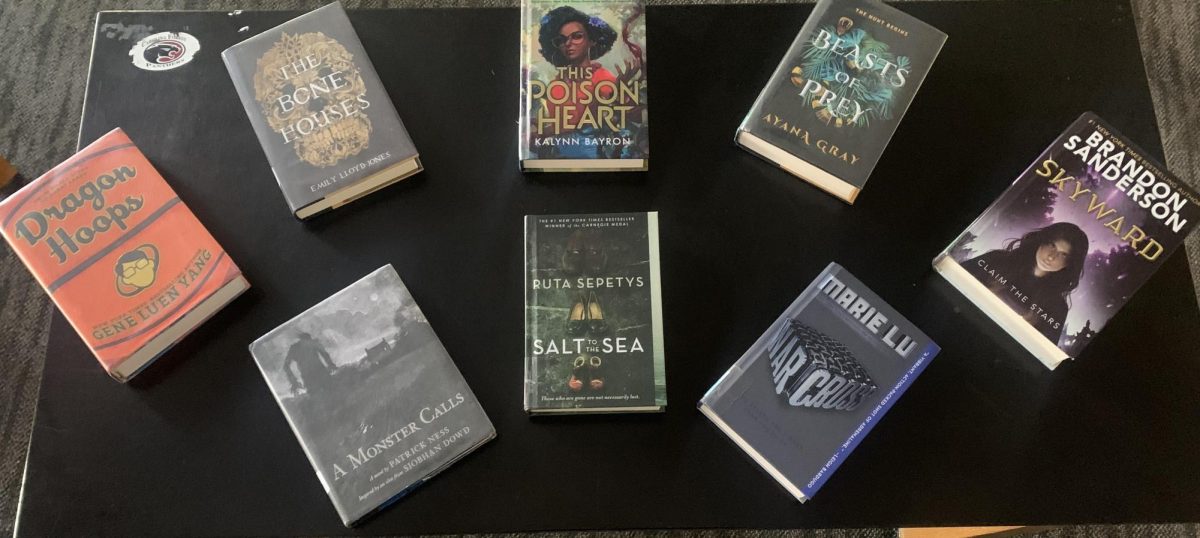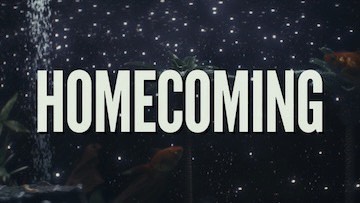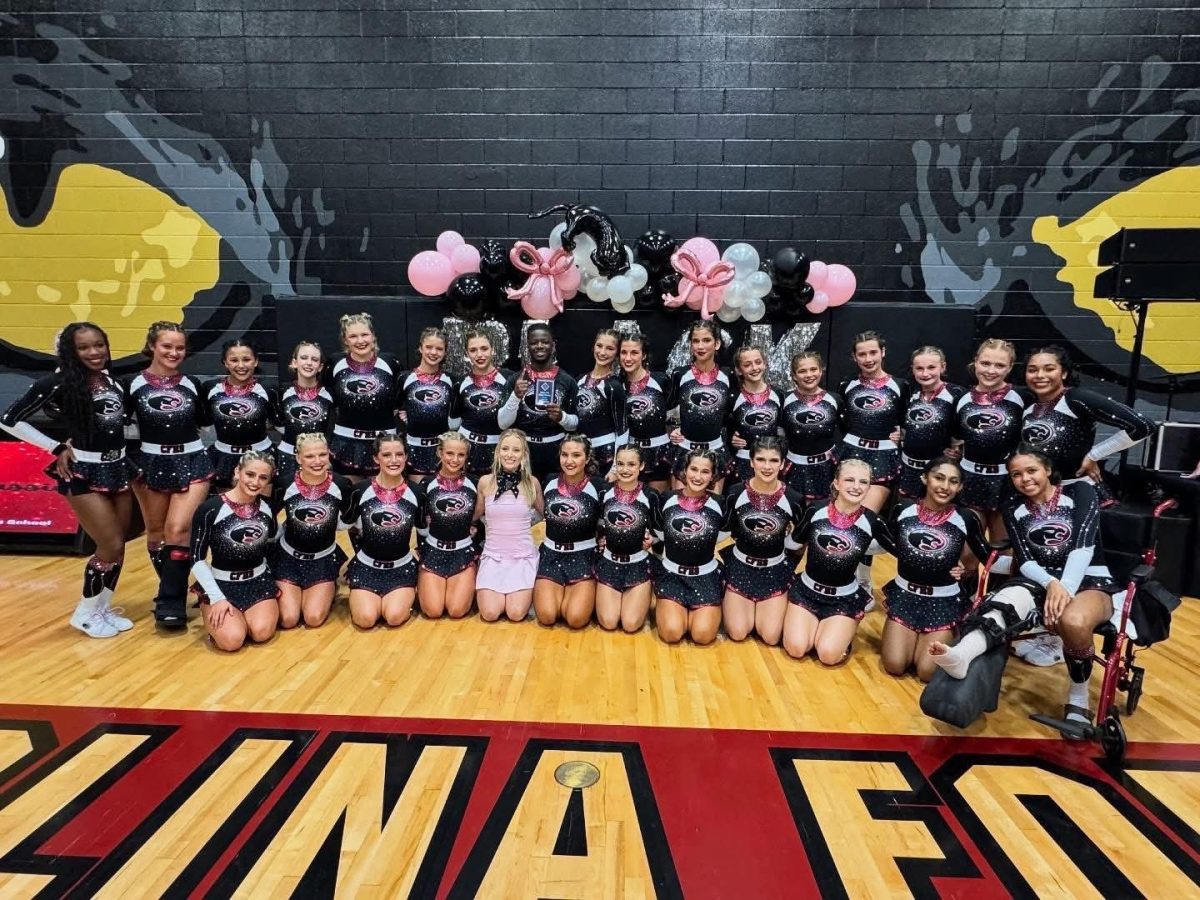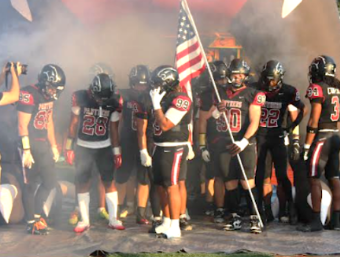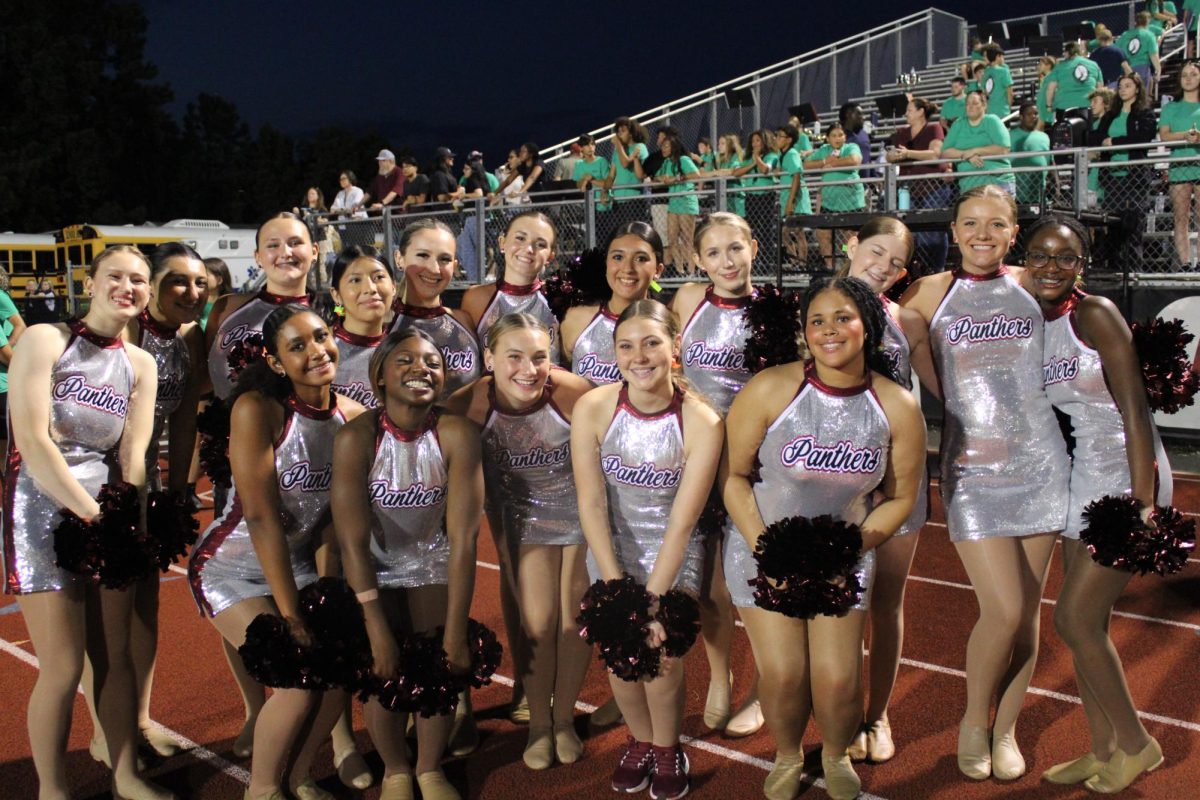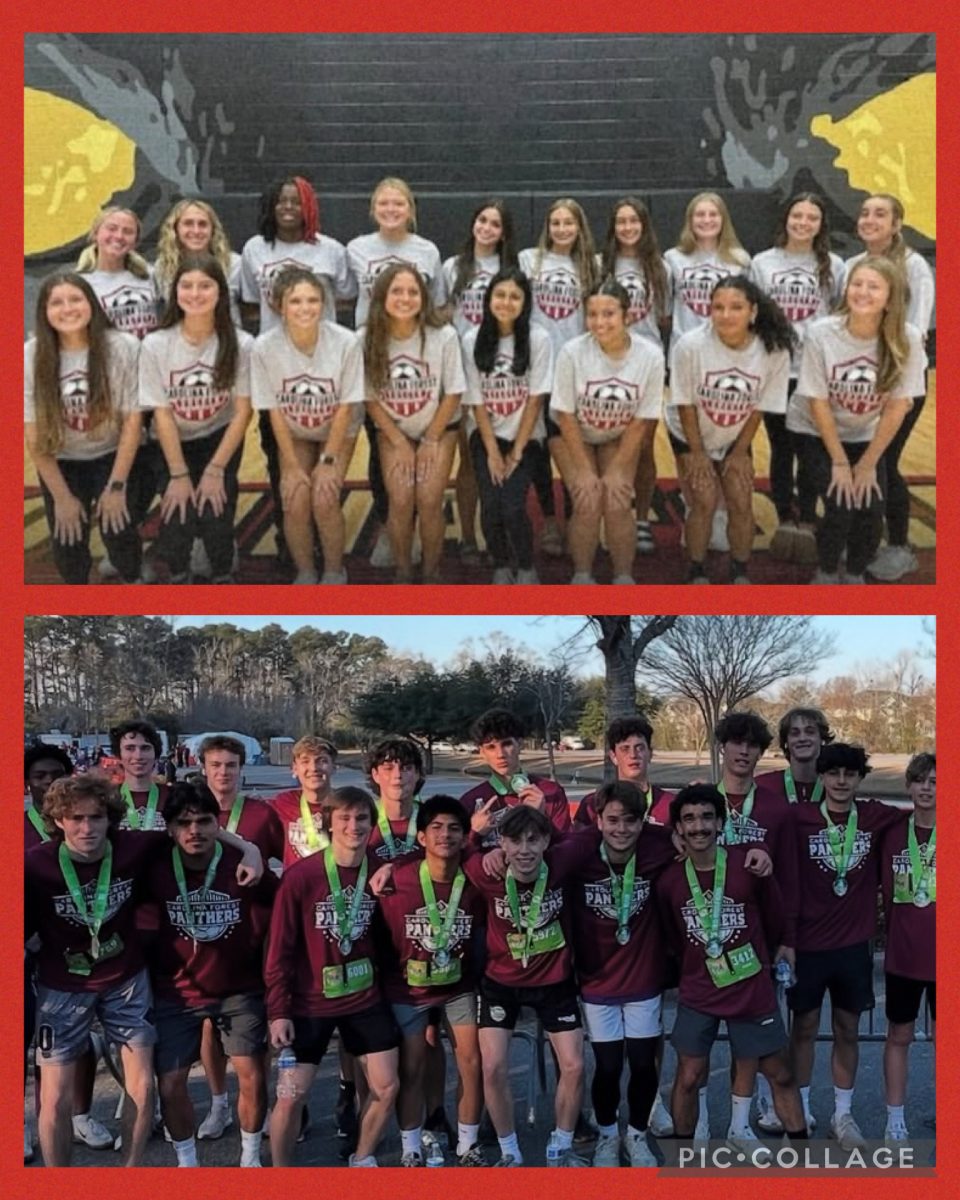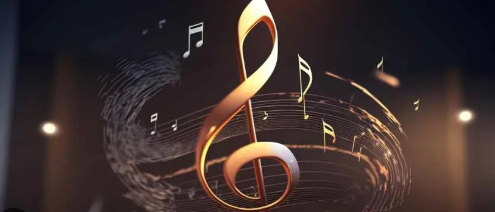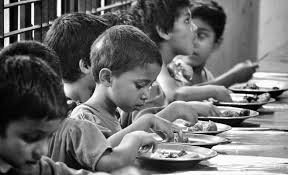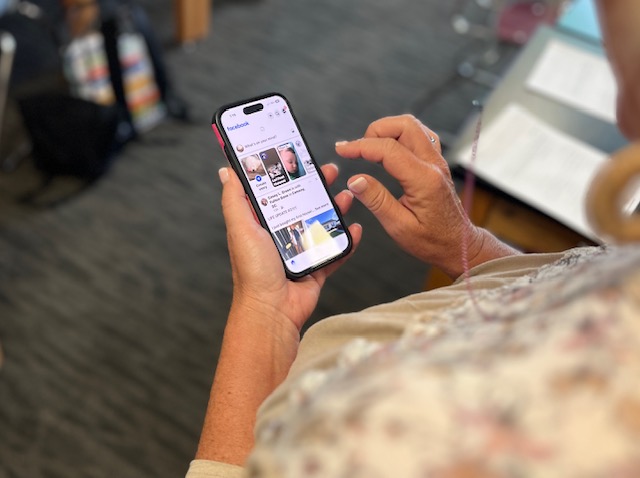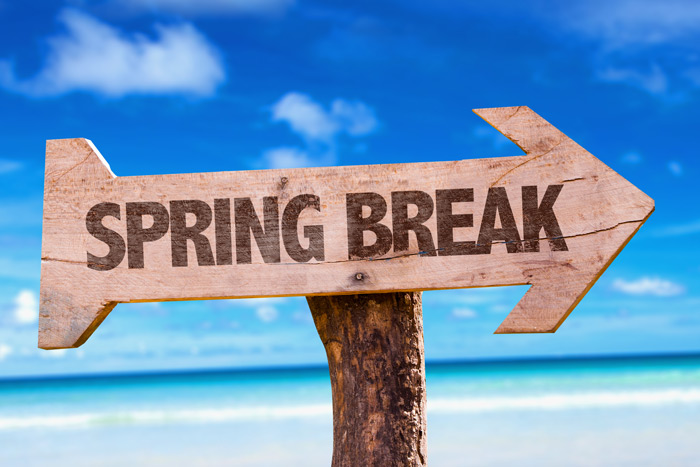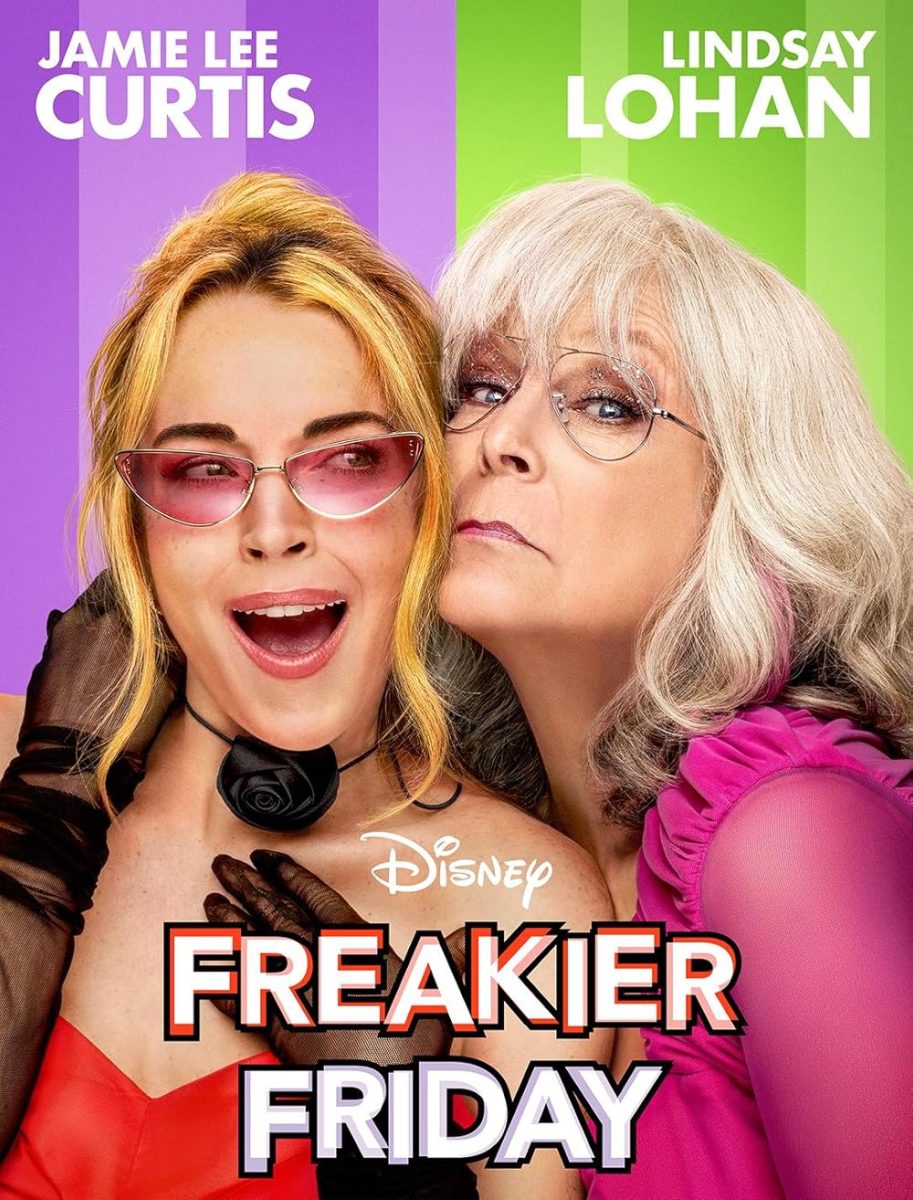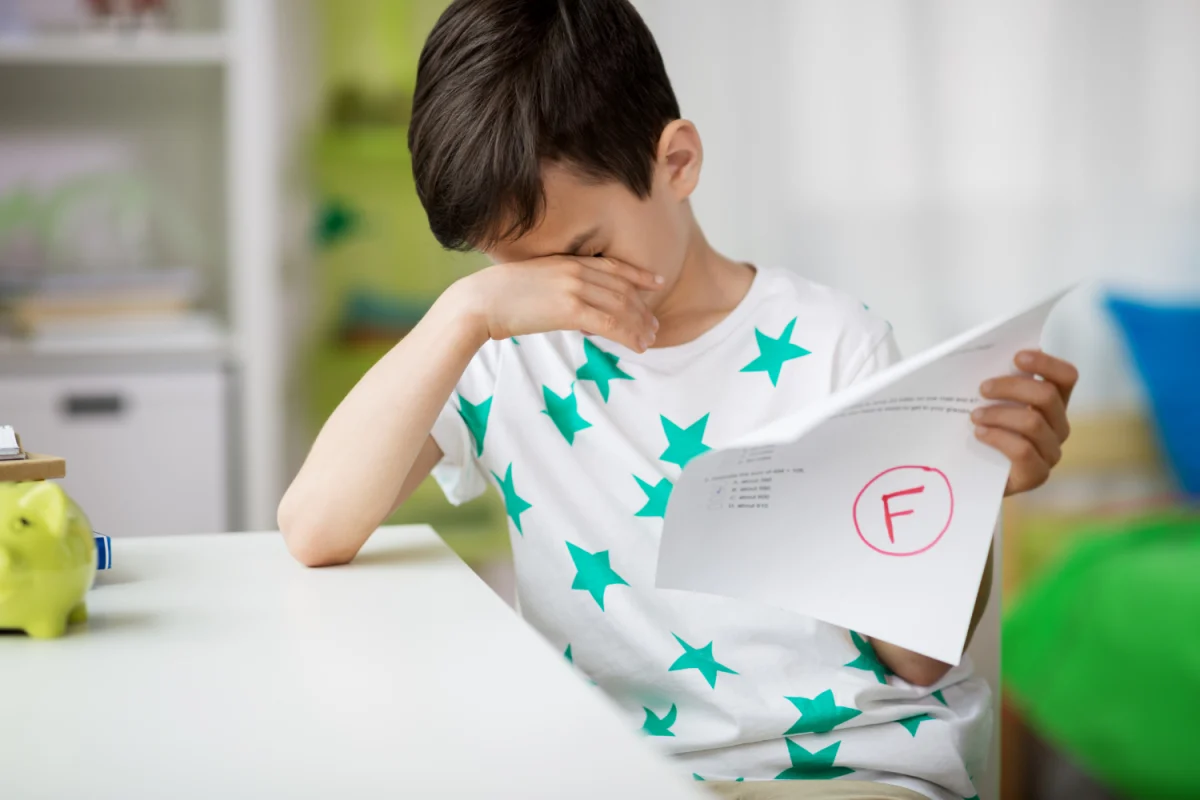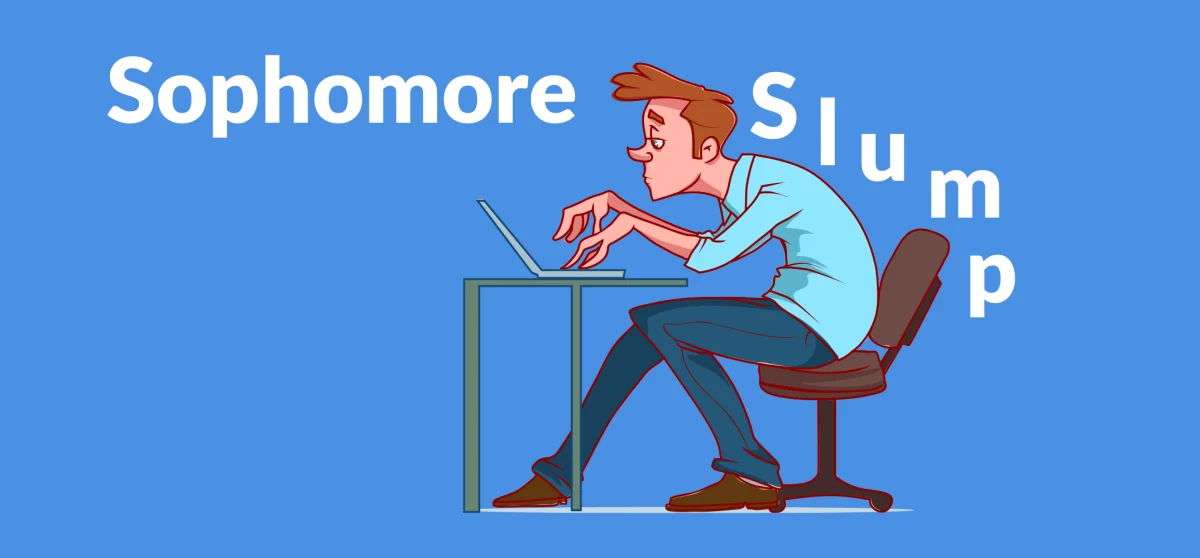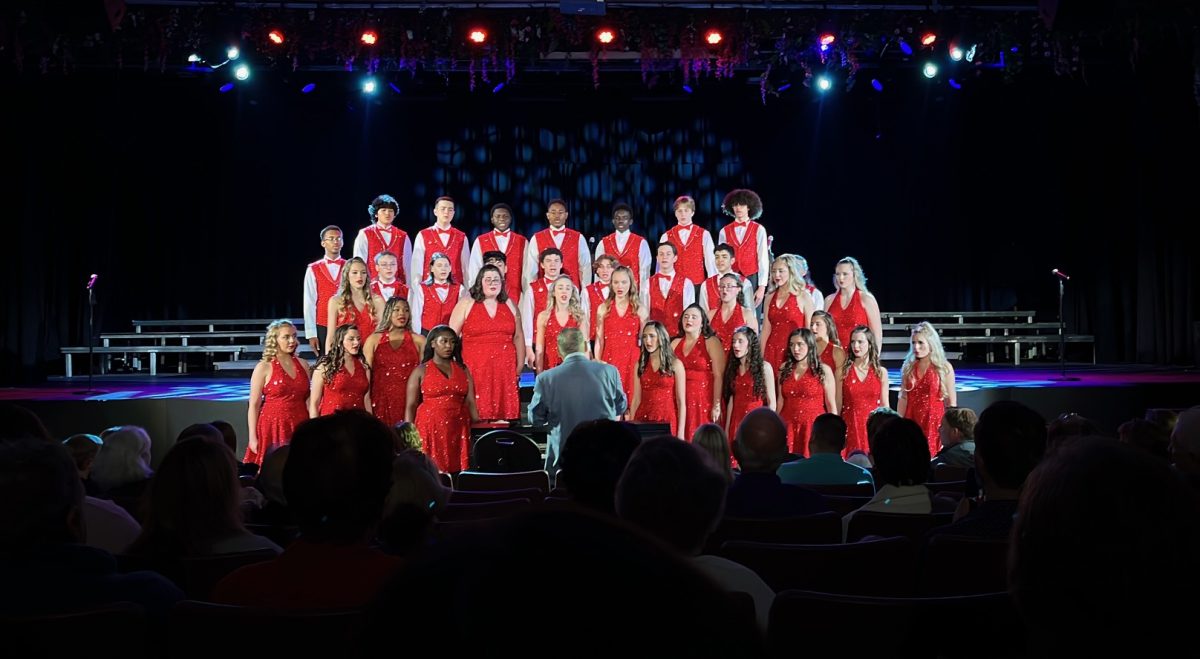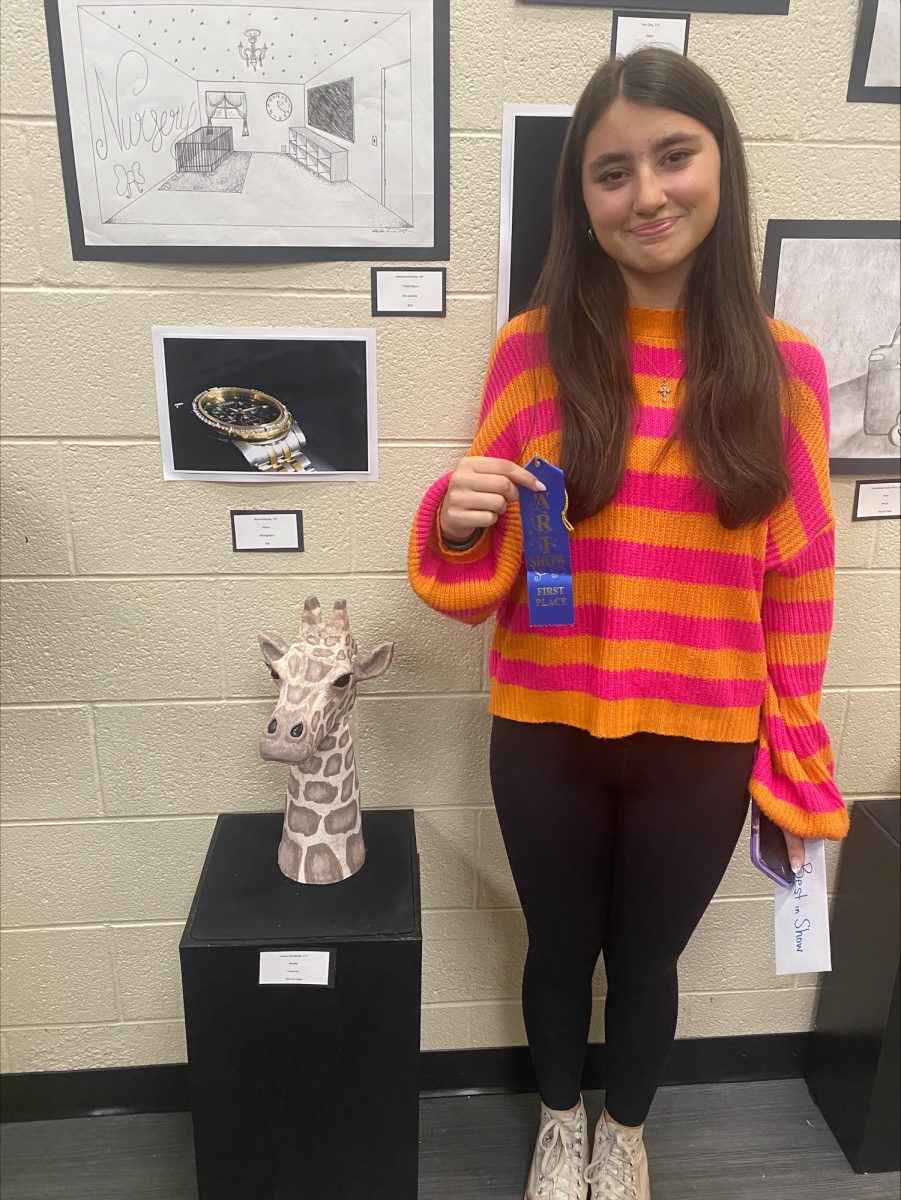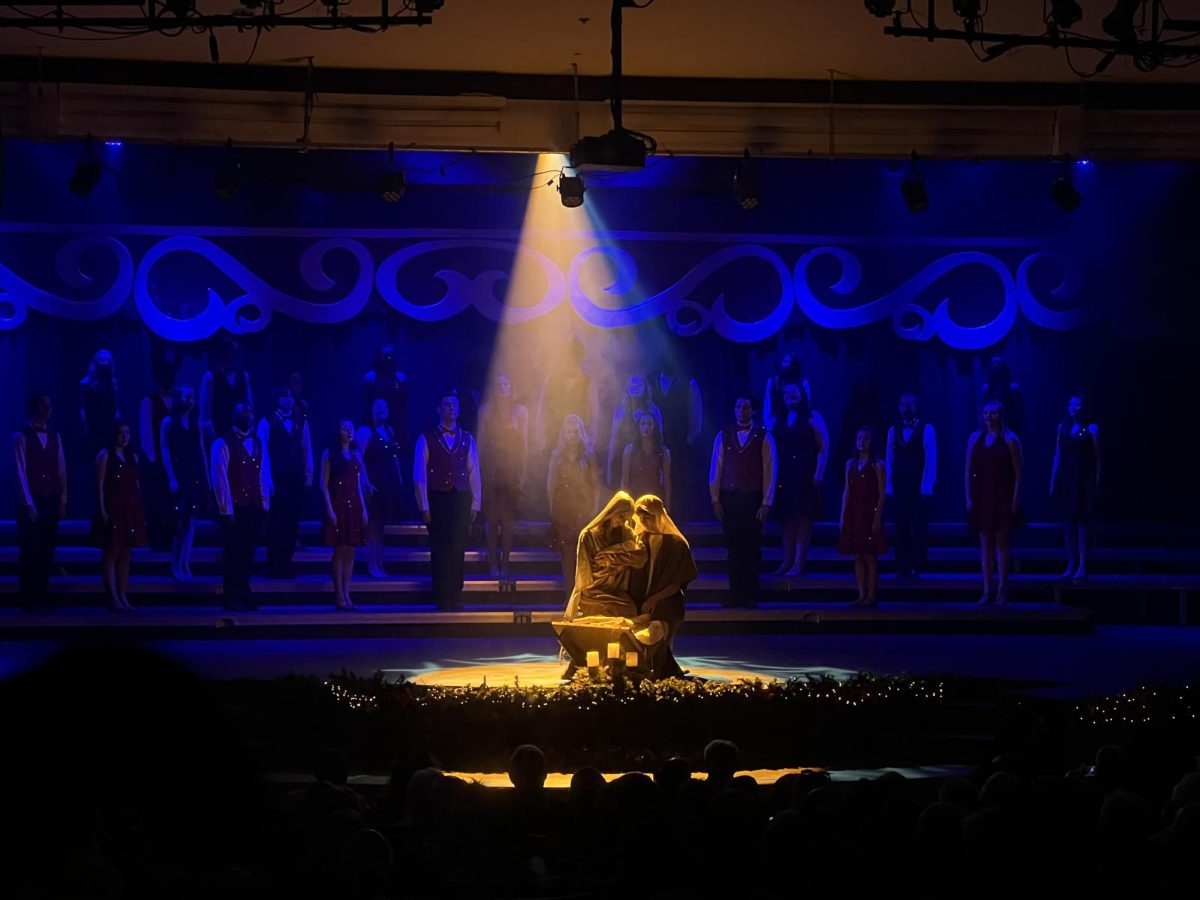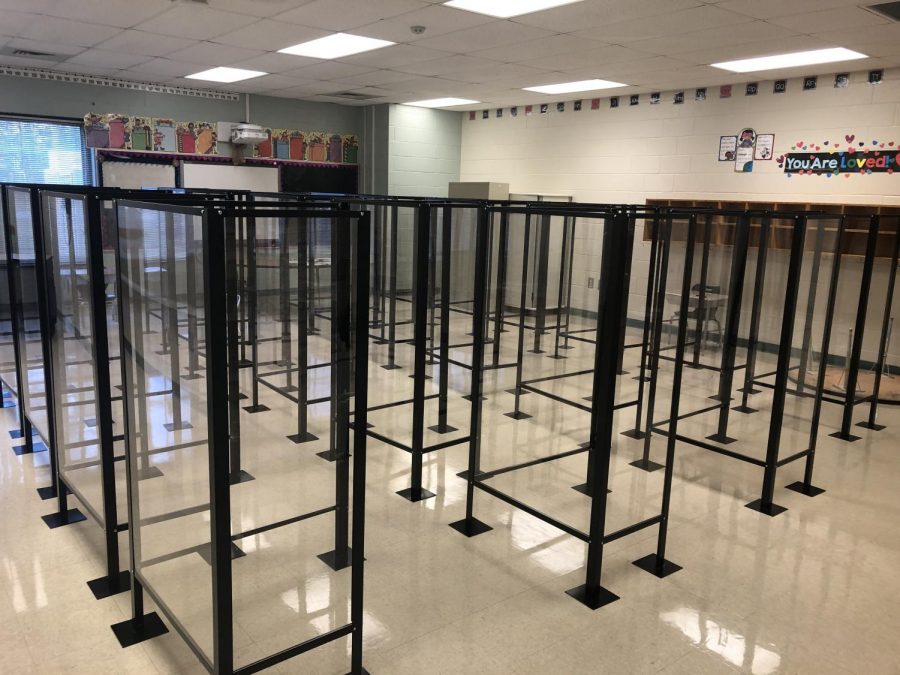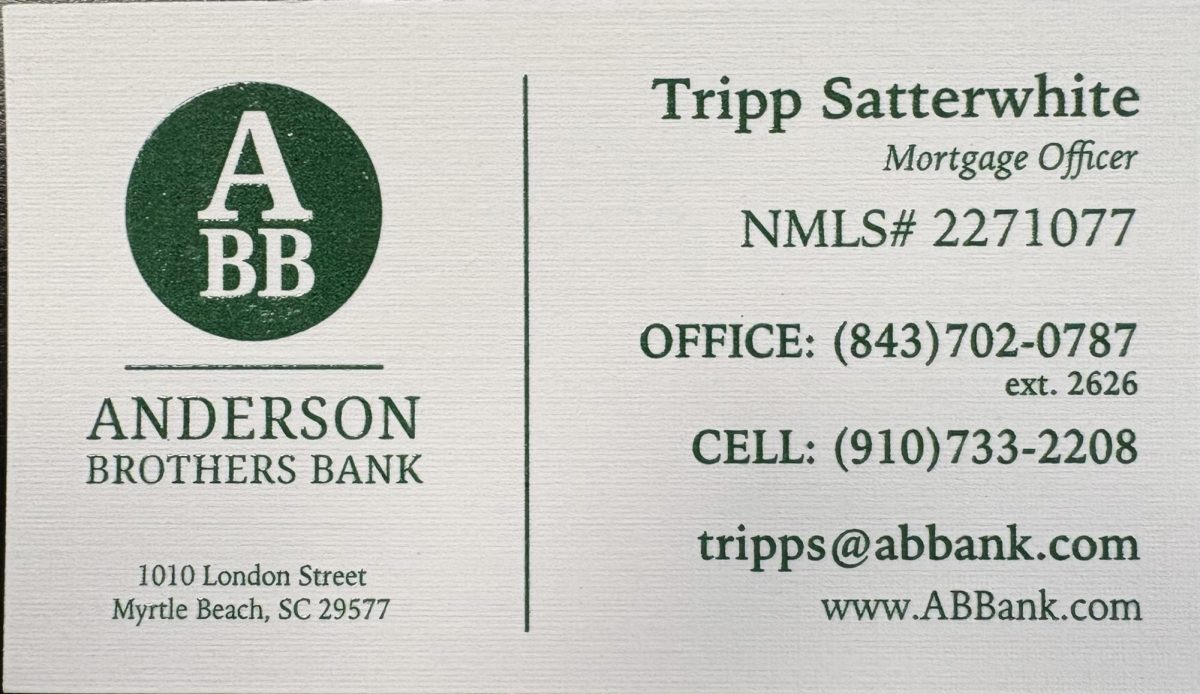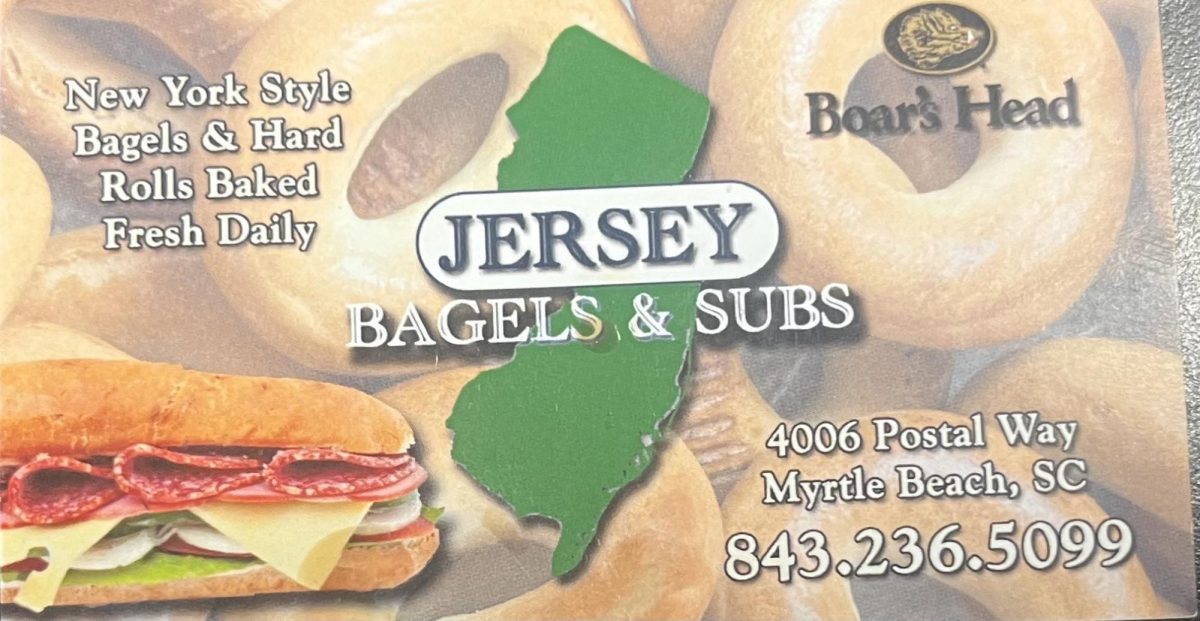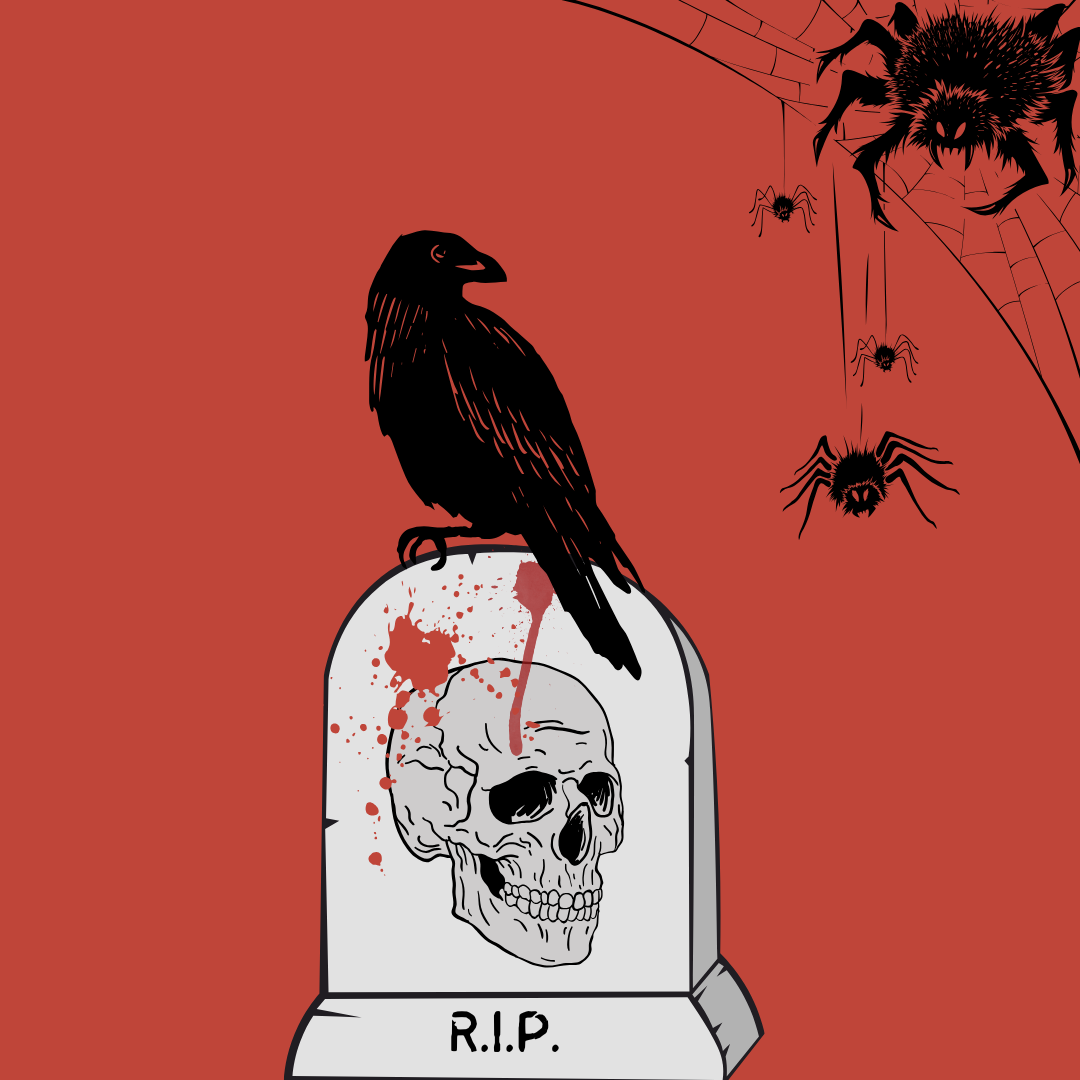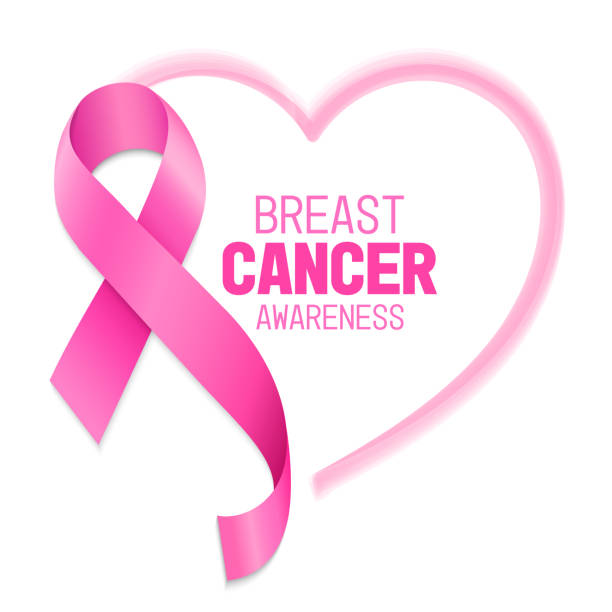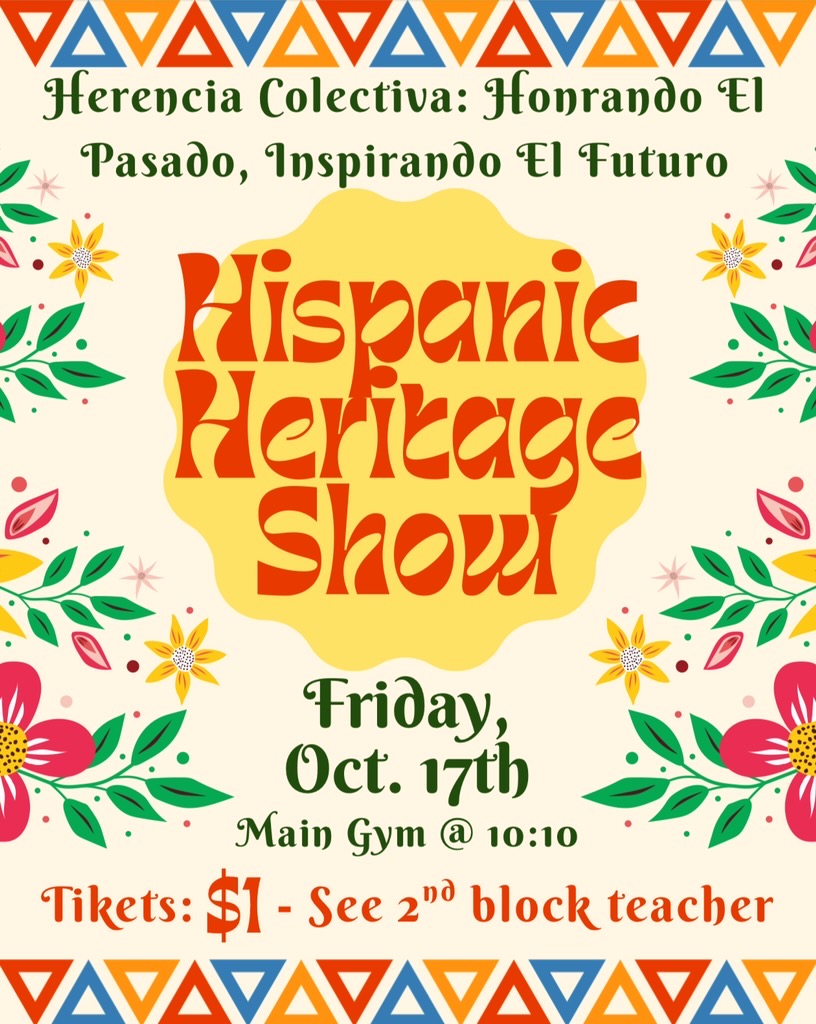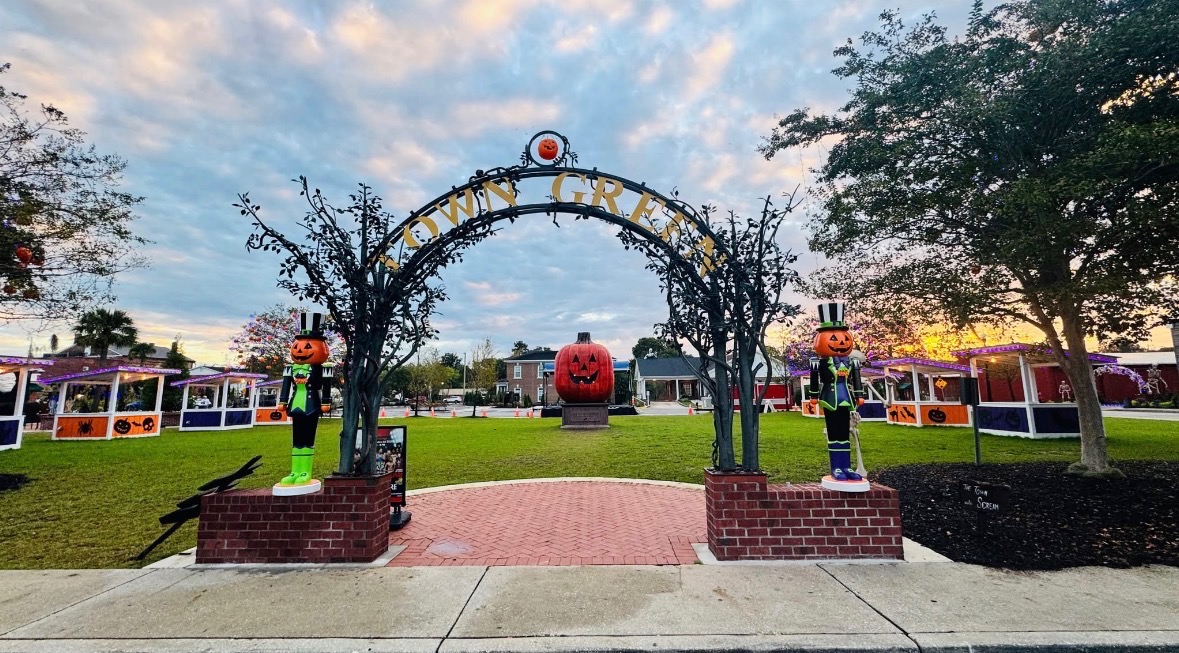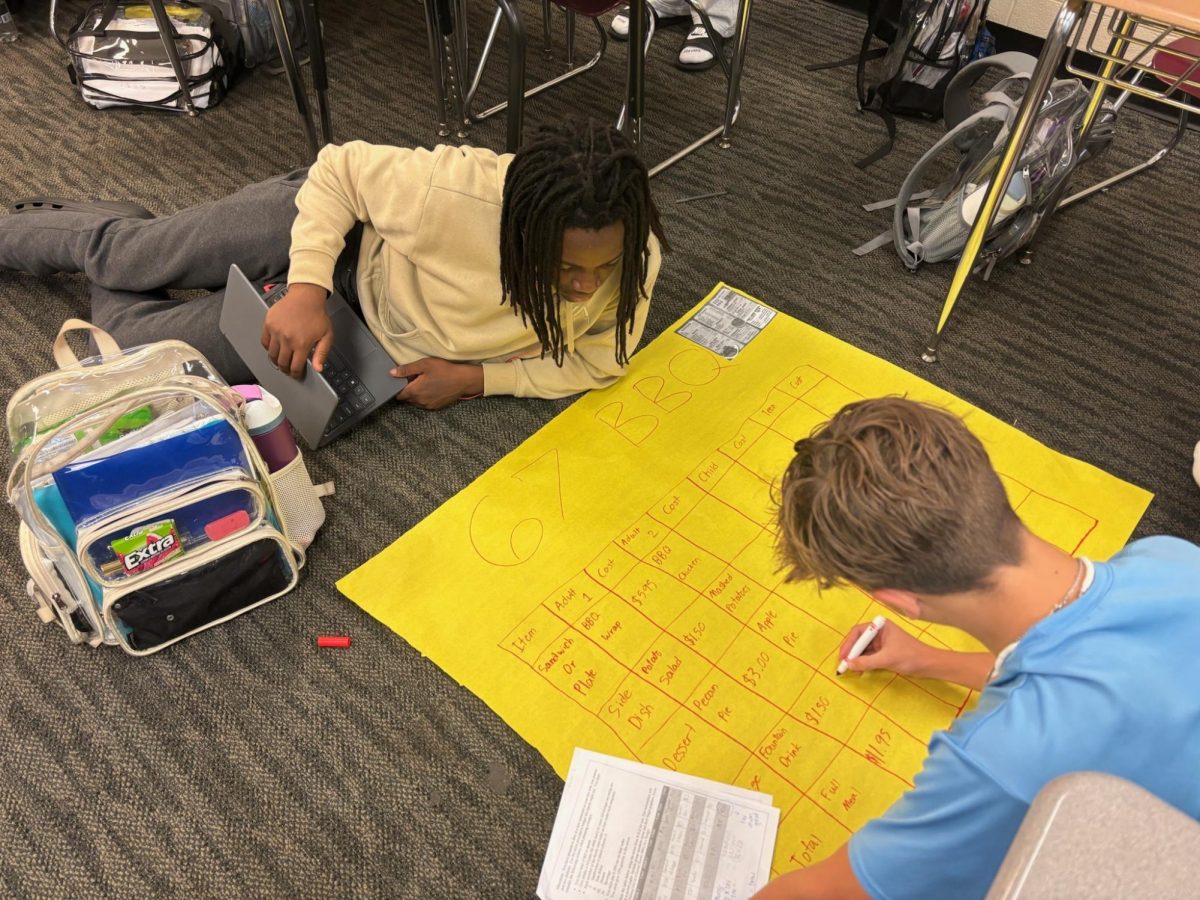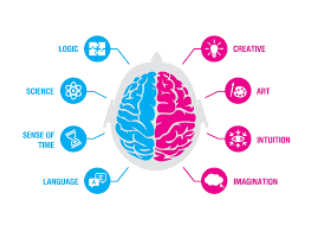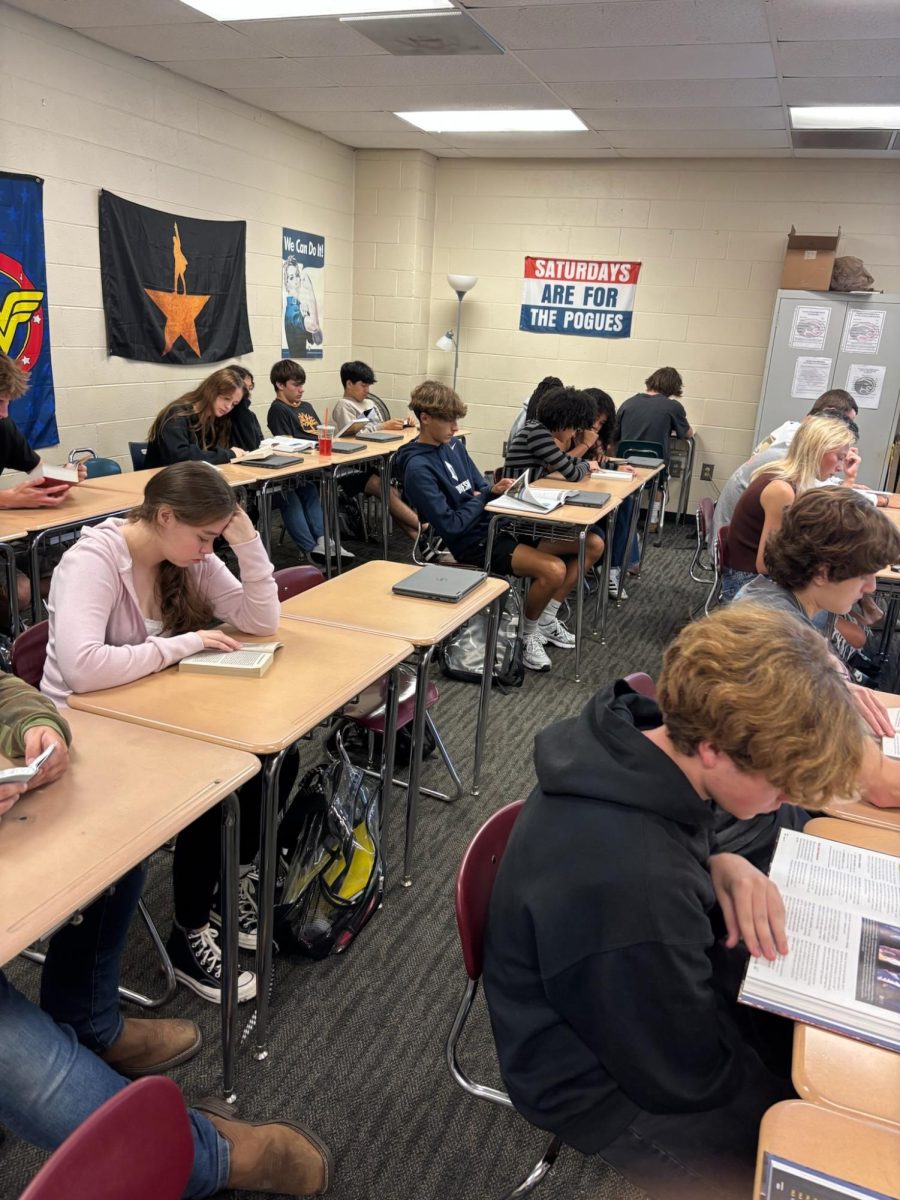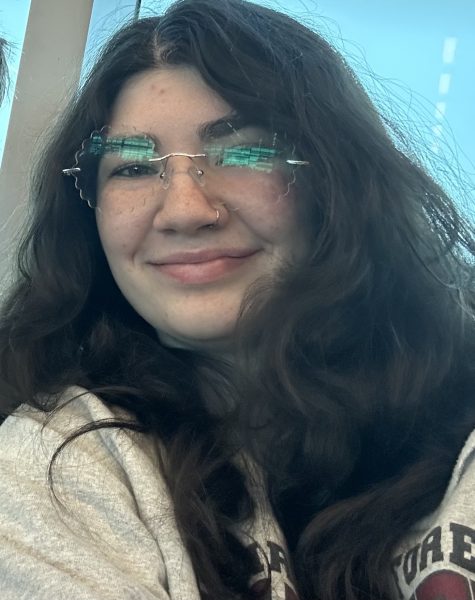Most of October is a time when people focus on fall and Halloween fun. It’s also a time where people are encouraged to get an extra dose of fear outside of the average horror movie or rollercoaster ride.
Halloween was originally an ancient Celtic festival called Samhain from nearly 2,000 years ago. People would light bonfires and wear costumes in order to ward off ghosts, marking off the Summer’s end. It later became All Hallows Eve when Pope Gregory III named November 1 All Saints Day in the eighth century, retaining some of the events from the festival of Samhain.
This history showcases warding off fear while the holiday at present invites it back in. In fact, people seek out haunted houses and haunted trails since the feeling of fear is “an intense emotion,” which is why “some people enjoy the thrill and excitement that fear brings,” according to Forbes. They “find pleasure in scary situations within a generally controlled environment, as it provides a sense of excitement and an adrenaline rush.”
Tracy Todd, a psychology teacher, commented, “Fear is a biological response.”
Todd further explains that experiences such as haunted houses “allow our body to release all the reactions associated with a high arousal experience without the possibility of actual harm.”
The genre of horror as a whole “focuses on creating an atmosphere of fear,” according to Elijah Gallagher from The Falcon, a student newspaper in Philadelphia. This is why the thrill of the spooky holiday season encourages fear and fun to go hand in hand. It allows people of all ages to participate in various activities: apple bobbing, walking through corn mazes, and pumpkin carving. There are, of course, Halloween movies which range from family friendly to horror.
According to Statista.com, an on-line platform that specializes in data gathering, “almost two-thirds (64 percent) of adults aged 30 to 44 surveyed in the United States said they either liked or loved the horror movie genre,” effectively proving the popularity of the horror genre considering the element of horror ranges from physical to psychological.
Finn Keizer, a sophomore, grew up watching horror movies with his family.
Keizer commented, “I would always scare by family after watching the movies.”
Junior Giselle Booth enjoys scary games and movies as well as heights.
“Being scared or having a lot of major adrenaline makes me feel good,” Booth shared.
Therefore, the genre of horror, considering how widespread it is, brings more fun and excitement during Halloween due to the biological response of adrenaline without the actuality of being in danger.
